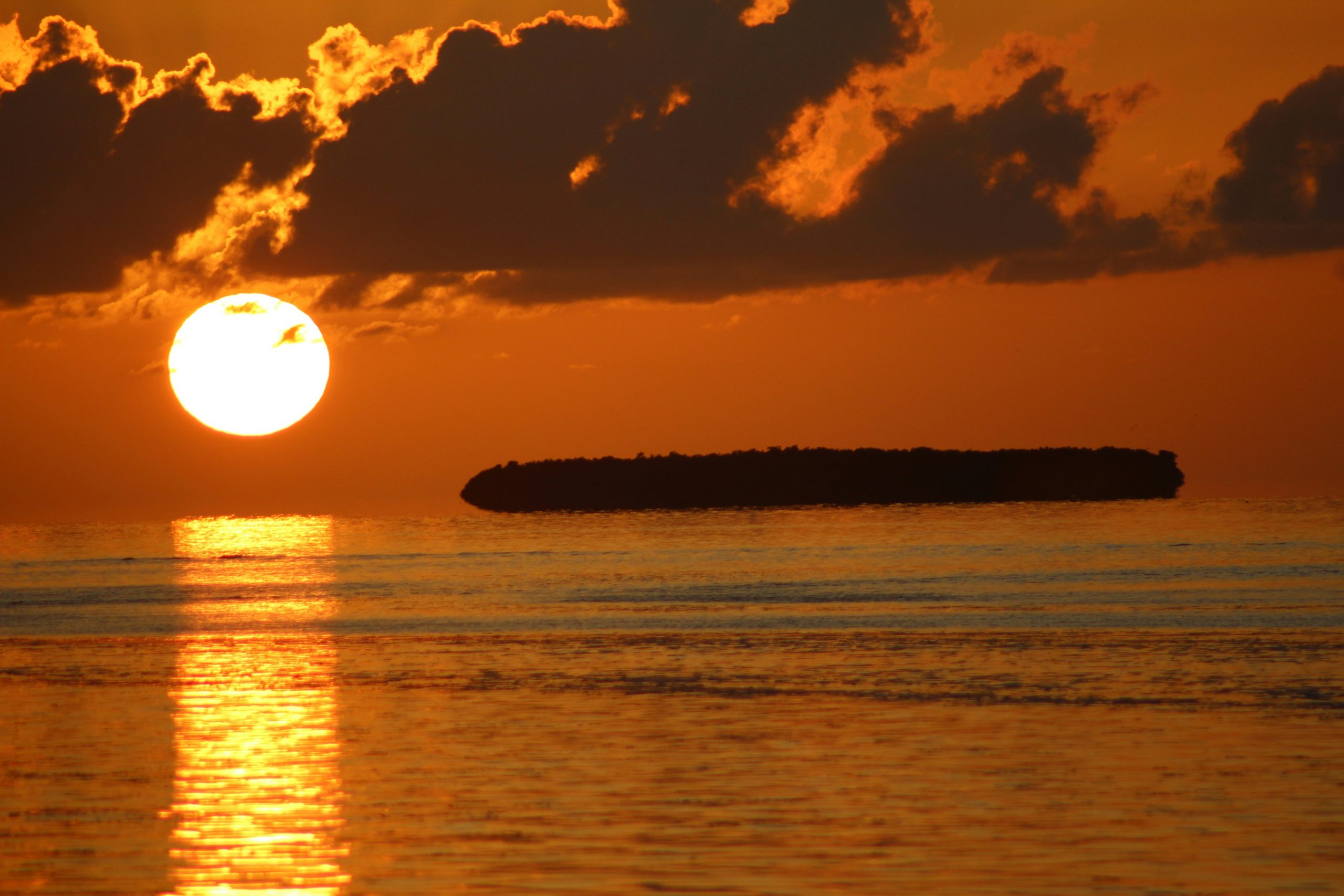
Key West, the southernmost point of the United States, has a long and colorful history intertwined with the sea. From the early explorers to the golden age of piracy, the island’s story has been shaped by the winds and waves surrounding it. Over time, Key West evolved into a bustling maritime hub, a center for wrecking and trade, and today, a paradise for sailors and tourists alike. The history of sailing in Key West is a testament to its enduring connection to the ocean, reflecting centuries of adventure, commerce, and leisure.
The Early Days: Spanish Explorers and Native Inhabitants
Before European explorers arrived, the indigenous Calusa people navigated the waters around Key West using dugout canoes. Skilled in fishing and maritime trade, they relied on the Gulf’s abundant marine life for sustenance. In 1513, Spanish explorer Juan Ponce de León sailed through the Florida Keys, claiming the land for Spain. The Spanish named the island Cayo Hueso (translated as “Bone Key”) due to the human bones scattered along its shores, possibly remnants of battles or burial sites.
Spanish sailors controlled the waters around Key West for centuries, using it as a stopping point along trade routes between the Caribbean and Europe. However, the island remained largely uninhabited, serving more as a navigational landmark than a settlement.
Pirates, Privateers, and the Lawless Seas
By the late 1600s, the Florida Straits had become notorious for piracy. The region’s shallow waters, hidden inlets, and proximity to heavily traveled shipping lanes made it a prime hunting ground for pirates and privateers. Infamous figures such as Blackbeard, Calico Jack, and Anne Bonny reportedly sailed through the area, ambushing Spanish treasure ships laden with gold and silver.
While piracy was essentially illegal, European nations often sanctioned privateering—legalized piracy—during times of war. British and Spanish privateers patrolled the waters, preying on enemy vessels under the protection of official government commissions. Key West’s remote location made it an ideal hideout for these seafarers, who used the island to repair ships, divide spoils, and evade authorities.
By the early 19th century, piracy declined due to increased naval patrols and anti-piracy campaigns by the U.S. and European powers. However, another maritime industry soon emerged, shaping Key West’s economy for decades.
The Wrecking Era: Salvage and Prosperity
As piracy waned, another lucrative trade emerged—wrecking. The Florida Straits were among the most treacherous waters in the Americas, with coral reefs and unpredictable storms leading to frequent shipwrecks. Key West became a hub for wreckers and skilled sailors who salvaged goods from stranded vessels.
In 1825, the U.S. government established a court in Key West to regulate wrecking, turning the practice into an organized industry rather than outright looting. Salvagers would race to stranded ships, rescue survivors, and recover valuable cargo, which was then auctioned in Key West. The industry brought immense wealth to the island, making it one of the wealthiest cities in the United States by the mid-1800s.
During this period, Key West’s sailing community flourished, with skilled captains and crews navigating the waters daily in search of shipwrecks. The island’s economy boomed, supporting shipbuilding, fishing, and other maritime trades.
The Rise of Commercial Shipping and Fishing
As navigation improved and lighthouses were built along the Florida coast, shipwrecks became less frequent, and the wrecking industry declined. However, Key West remained an essential maritime hub, transitioning into commercial shipping and fishing. By the late 19th century, the island had a thriving economy based on sponging, turtle hunting, and cigar manufacturing.
Sailing vessels of all sizes filled the harbor, transporting goods to and from Cuba, the Bahamas, and the mainland. Fishing boats became common, with local sailors harvesting everything from shrimp to deep-sea fish.
With the construction of the Overseas Railway in the early 20th century, the island’s reliance on sailing diminished as modern transportation connected it to the mainland. However, sailing never disappeared—it simply took on a new role.
Sailing in the Modern Era: Recreation and Racing
By the mid-20th century, Key West had transformed into a destination for leisure and tourism. With its warm climate, steady winds, and breathtaking waters, the island became a haven for recreational sailors and racing enthusiasts. The Key West Regatta, first held in the 1940s, attracted competitive sailors worldwide, solidifying the island’s reputation as a premier sailing destination.
Today, Key West celebrates its maritime heritage with annual sailing events like Key West Race Week and the Conch Republic Cup. Charter companies offer sailing tours, sunset cruises, and deep-sea excursions, giving visitors a taste of the island’s rich seafaring history. Locals and tourists alike take to the water on everything from classic schooners to sleek racing yachts, keeping the spirit of Key West’s sailing tradition alive.
A Timeless Connection to the Sea
Key West’s history is deeply rooted in sailing, from the early explorers who mapped its waters to the pirates who sought refuge in its coves, the wreckers who built fortunes from its dangerous reefs, and the modern-day sailors who continue to navigate its blue horizons. The sea has always been a challenge and an opportunity for those who call Key West home.
Today, whether it’s competitive racing, recreational cruising, or historical sailing tours, the island remains a vibrant part of America’s maritime culture. Key West’s story is one of resilience, adventure, and an unbreakable bond with the ocean—a bond that continues to shape its identity, drawing seafarers from around the world to its storied shores.